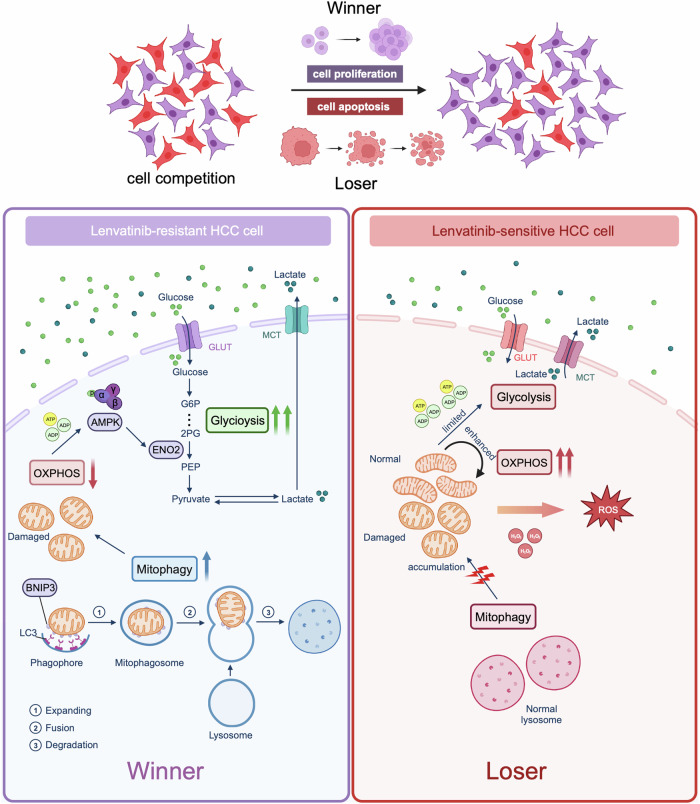Fig. 7. Cell competition mechanism between lenvatinib-resistant cell (Winner) and lenvatinib-sensitive cell (Loser) in HCC.
In HCC coculture system, overexpressed BNIP3 activates mitophagy activity through binding with LC3, which eliminates damaged mitochondria of lenvatinib-resistant HCC cell; mitochondria reduction results in the decrease of oxidative phosphorylation (OXPHOS) levels; subsequently, energy imbalance signal (ADP/ATP) caused by weaken OXPHOS triggers the phosphorylation of AMPK sensor; enabled AMPK specifically targets ENO2 and therefore endows resistant cell with enhanced glycolysis, which facilitates the competitive and grabbing abilities for glucose from environment and opponent, eventually boosting cell proliferation. In lenvatinib-sensitive HCC cell, this failed mechanism by which BNIP3 modulates energy metabolism shifting continually activates and overuses mitochondrial OXPHOS for energy compensation, which aggravates damaged mitochondria accumulation and ROS production; limited metabolism function and oxidative pressure disqualify lenvatinib-sensitive HCC cell’s competition for resource, which eventually induce cell apoptosis.

